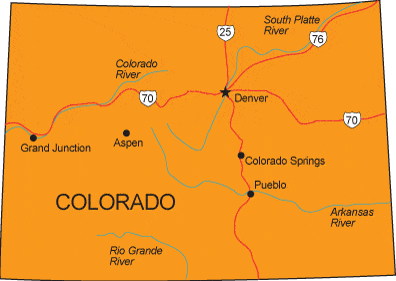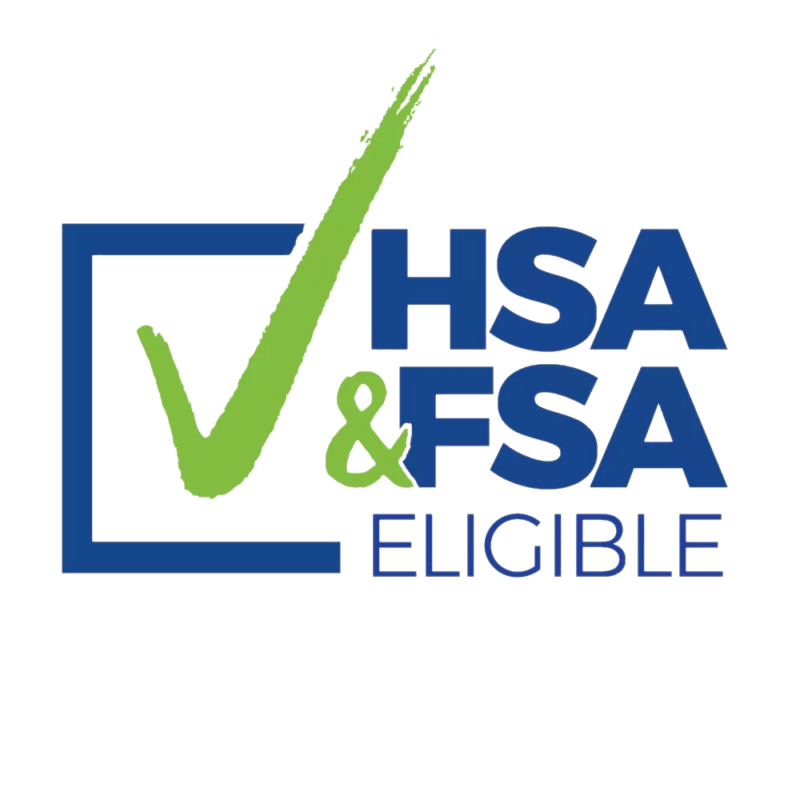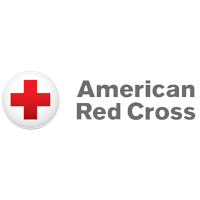No products in the cart.
Uncategorized
Colorado State AED Law
AED Program Requirements
- Licensed Physician Involvement
A licensed physician must be involved in the AED program to oversee training, notifications, and maintenance.
- CPR/AED Training
People who might use the AED should be trained in CPR and AED operation.
- Notifying Emergency Services (EMS)
Anyone who owns an AED must inform the local emergency communication center about the AED’s location and type.
- Maintenance Plan
AED owners must have a written plan that includes:
- Where the AEDs are placed
- Training for users
- Coordination with emergency medical services
- Medical supervision
- Maintenance checks
- Identifying who is allowed to use the AED
- Reporting AED use
These plans must be approved by a licensed physician.
- Emergency Use Notification
If someone uses an AED to help during sudden cardiac arrest, they must call emergency services as soon as possible.
Laws And Legislation
| Reference | Date | Summary |
| HB19-1183 | 2019 | Defines a public place and encourages any person that owns, operates, or manages a public place to place functional automated external defibrillators (AEDs) in sufficient quantities to ensure reasonable availability for use during perceived sudden cardiac arrest emergencies. |
| 3 CCR 709-1 | 2016 | Outlines AED requirements for dental offices. |
| C.R.S. 22-1-129 | 2014 | Outlines fund receiving policies for schools with the intent on acquiring and maintaining an AED. |
| C.R.S. 22-1-125 | 2008 | Outlines AED requirements for public schools. |
| C.R.S. 22-1-125.5 | 2008 | No later than January 1, 2015, coaches of athletic programs employed by local education providers must be currently certified in CPR and must have received instruction in the effective use of an AED. The state board shall promulgate rules concerning the coaching staff positions that are included in this requirement. |






